Never fire unless fired upon, not even warning shots. It is alleged that 2 U.S. Navy ‘riverines’ had strayed into Iranian waters in the Persian Gulf. Exactly how do 2 boats ‘drift’ when those waters are in fact well known to all U.S. naval vessels? Don’t believe the story…. The United States is humiliated by Iran and John Kerry says thank you. Additional statements from VP Joe Biden and Defense Secretary Ash Carter.
In part from NYT’s: The waters in question are a frequent site of intelligence collection by the United States, Iran and many gulf countries. The American and Iranian Navies frequently encounter each other there.
The detention and release of the sailors comes at a particularly delicate moment in the tense American-Iranian relationship, just days before a nuclear deal is to be formally put in place, and under which the United States is to unfreeze about $100 billion in Iranian assets.
That step is to be made after international nuclear inspectors verify that Iran has shipped 98 percent of its nuclear fuel out of the country, has disabled and removed centrifuges, and has taken a large plutonium reactor permanently offline.
Riverines are valued at $3.0 million each and are fast boats complete with very advanced communications gear and guns including .50 cal weapons.
At 12:30 PM, EST, word came into the Pentagon that the Iranian Revolutionary Guard Corps, which reports directly to the Iranian mullahs had arrested 10 U.S. sailors near Farsi Island, a small island of several in the Persian Gulf. Farsi island is exclusively an IRGC base and is surrounded by mines in the water and gunboats. Drifting is the excuse but hardly likely while there were other naval vessels in those exact waters. The ten sailors were 9 males and 1 female. The female sailor was forced to cover her head.
Negotiation began as soon as the Pentagon was notified and further contacted the State Department Secretary, John Kerry and the White House situation room. The official statement was Iran was cooperating and the sailors were being treated with mercy.
In part from FreeBeacon: Iran asserts the sailors were released after the United States apologized, prompting a flurry of denials from senior Obama administration officials.
Ali Fadavi, commander of the IRGC Navy, said that Tehran had missiles locked on the United States at the time of the incident.
“They were in sight of our missiles,” Fadavi said in Persian, according to a statement carried by the IRGC’s official news outlet. “If this had happened, it would have led to their annihilation.
“We had high preparedness with coast-to-sea missiles, rocket-firing fast boats, and various capabilities,” he said. “We prevented their additional irresponsible movement with the statements we broadcasted internationally. It was proven to them that the IRGC Navy has the first and final word.”
The U.S. cannot stand up to Iran, according to Fadavi.
It appears our sailors were stripped of all communications gear as were the boats as the IRGC said the USS Truman, a carrier strike group was not behaving so a hostile arrest was made. John Kerry groveled, likely pledged other promises, offered profound apologies. Humiliating.


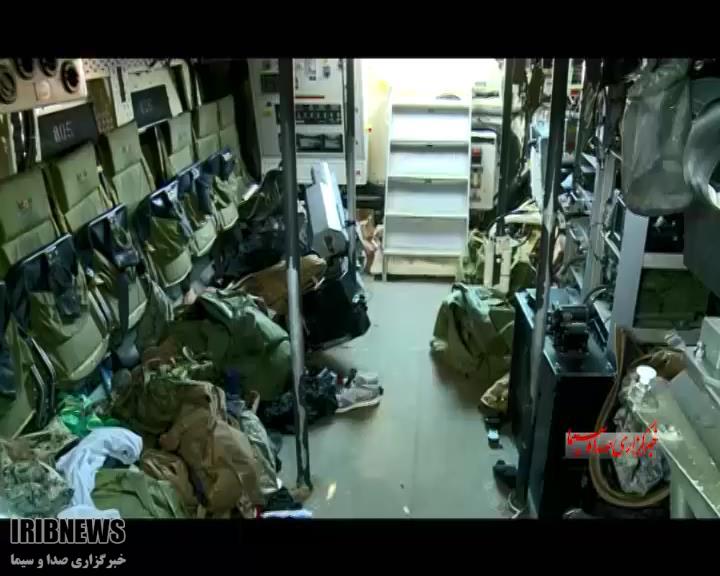

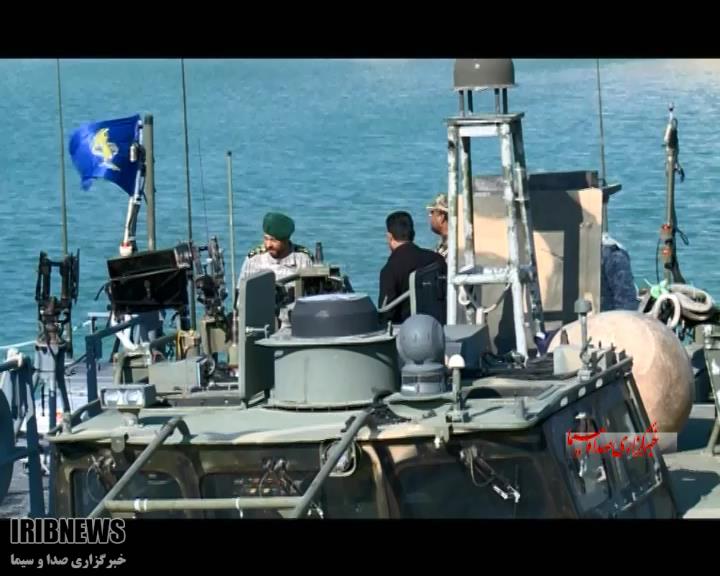
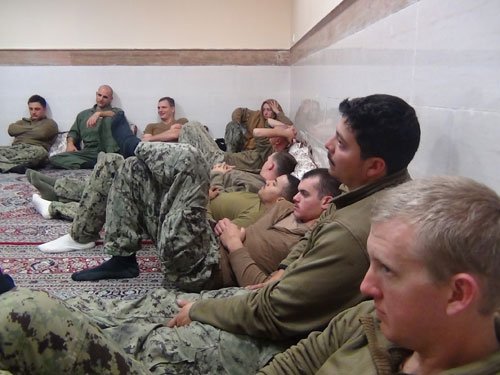
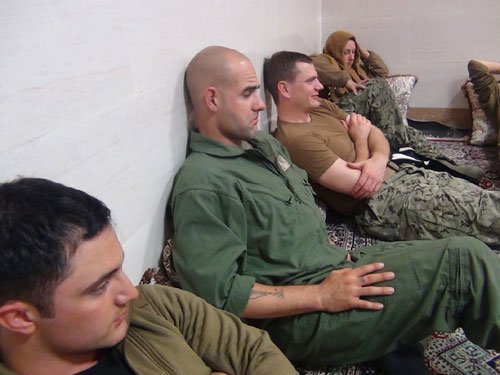
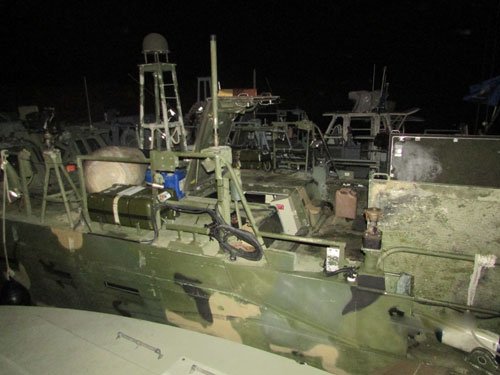
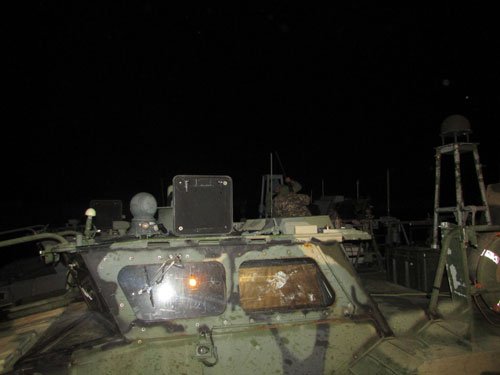
AEI: There’s a common delusion out there that when the Islamic Revolutionary Guard Corps (IRGC) fires off ballistic missiles or kidnaps sailors it’s either hardline elements trying to embarrass moderates, or rogue actors. It may be a comforting conceit to believe that any element of the Iranian government is on “our side” but evidence suggests that at best, the Islamic Republic is playing a game of good cop-bad cop, and that outrages such as taking American sailors hostage are welcome, not rogue actions.
A riverine command boat operates during a maritime air support operations center exercise in the Arabia Gulf in this June 12, 2012 handout photo, provided by the U.S. Navy, January 12, 2016. U.S. Navy/Handout via Reuters .
Let’s put aside the fact that Article 110 of the Iranian constitution (backed by practice and the statue of the Islamic Revolutionary Guard Corps) makes the Supreme Leader the “supreme commander of the armed forces” with the power to appoint and dismiss the chief of the general staff, IRGC commanders, and the commanders of the army, navy, and air force. In other words, if Supreme Leader wanted to make heads roll in response to such provocations, he could.
There’s a history here of Western diplomats excusing bad Iranian behavior out of a desire to exculpate “reformers” or to dismiss provocations as the action of rogues.
- In 1989, for example, there was the Ghassemlou assassination, when Iranian officials — meeting an Iranian Kurdish leader and his aides to negotiate an end to strife between Iranian Kurds and the central government — ended up assassinating the Kurdish team at an apartment in downtown Vienna.
- Then, in 1992, after the German foreign minister announced a policy to re-integrate Iran into the global community and increase trade, the Iranian government responded by assassinating another Kurdish delegation at a restaurant in Berlin.
- In 1994, an Iranian terrorist team blew up the Jewish community center in Buenos Aires.
- Beginning in 2003, the IRGC (despite the promises of then UN ambassador and now Foreign Minister Mohammad Javad Zarif) began infiltrating Iraq and equipping militias to murder American soldiers.
- And, finally, in 2007, there was the case of British sailors seized by the IRGC.
In each case, Western diplomats sought to deny Iranian government responsibility. What they did not realize until later was that in each case, the gunman or chief planner ended up with a promotion. Mohammad Jaafari Sahraroudi, for example, the man behind Abdol-Rahman Ghassemlou’s murder, subsequently became a brigadier-general in the Qods Force and was placed in charge of its intelligence directorate. Ahmad Vahidi, the mastermind of the 1994 Buenos Aires bombing, became President Mahmoud Ahmadinejad’s defense minister. Hassan Kazemi Qomi, a Qods Force operating serving as ‘ambassador’ to Iraq later won promotion to the Supreme Leader’s office, and Col. Amangah, the commander of the operation that seized the British sailors, later was decorated as soldier of the year. Promotions are hardly the punishment one would expect if the Iranian behavior really was not blessed, encouraged, and supported from the very top.
It’s time to stop deluding ourselves, and to judge Iran by what its actions are rather than what we would wish them to be.




